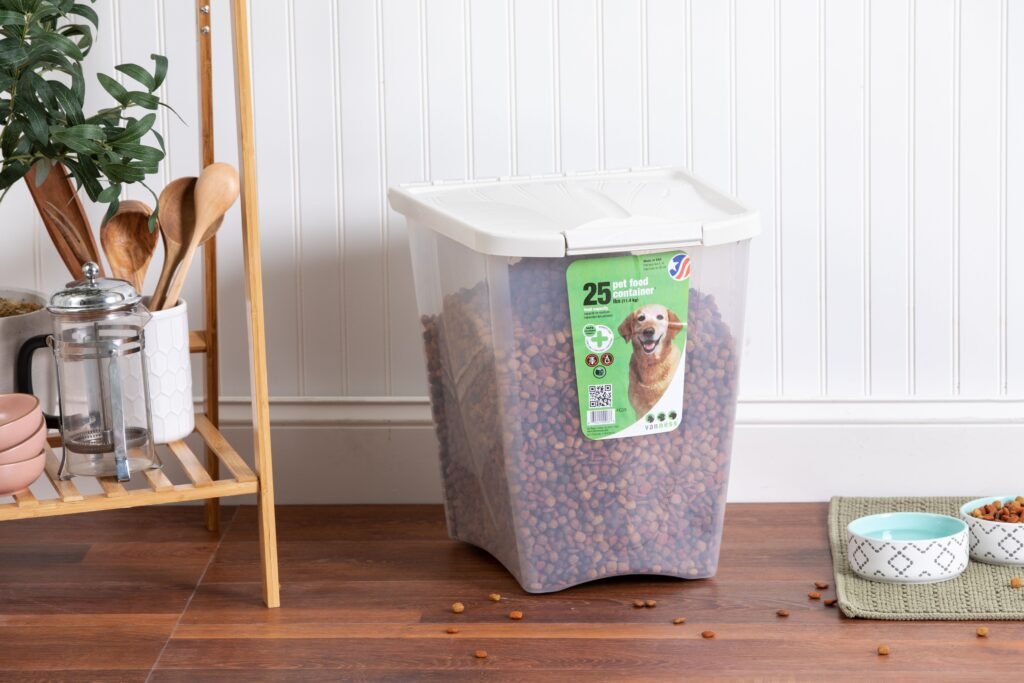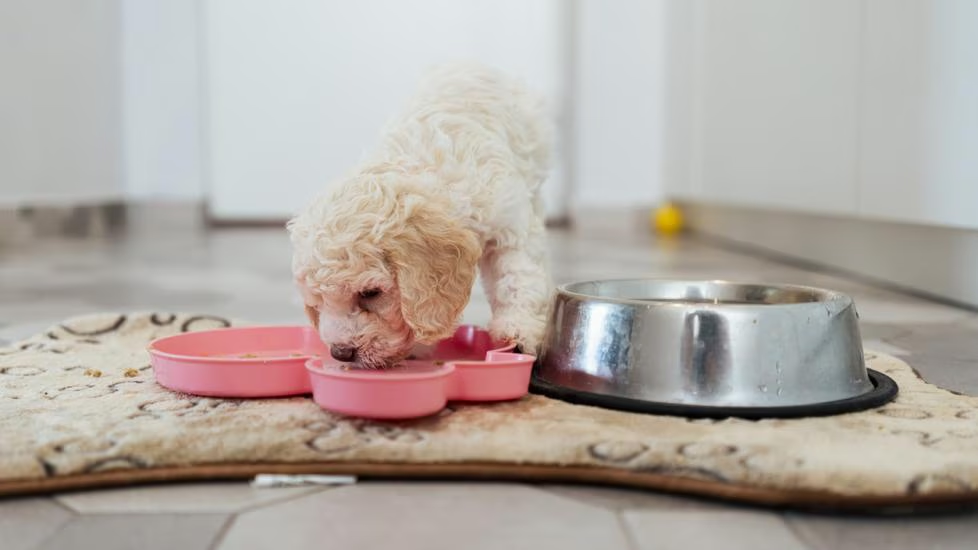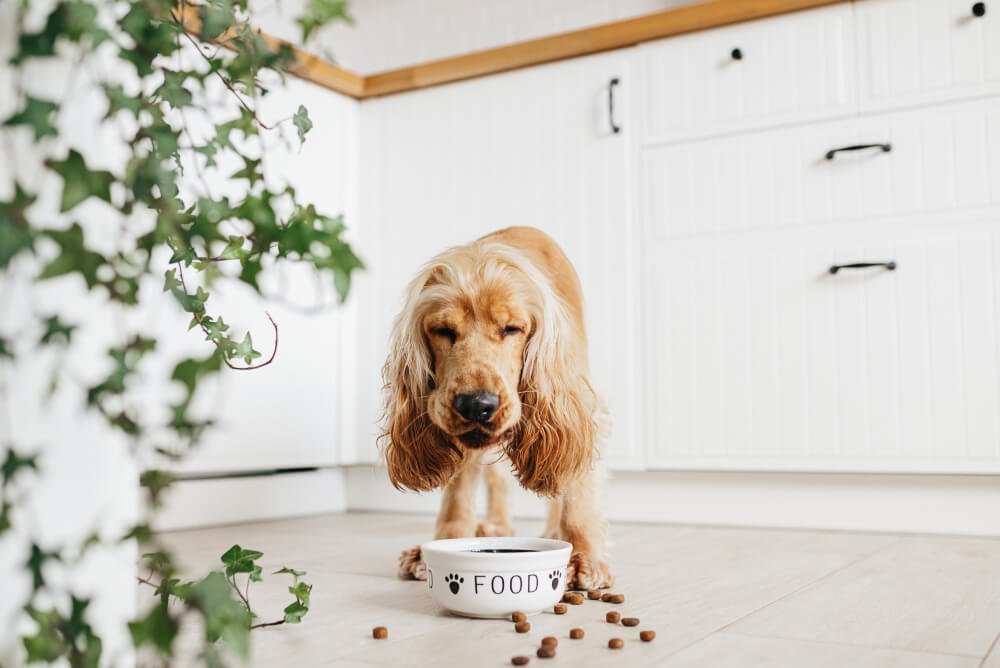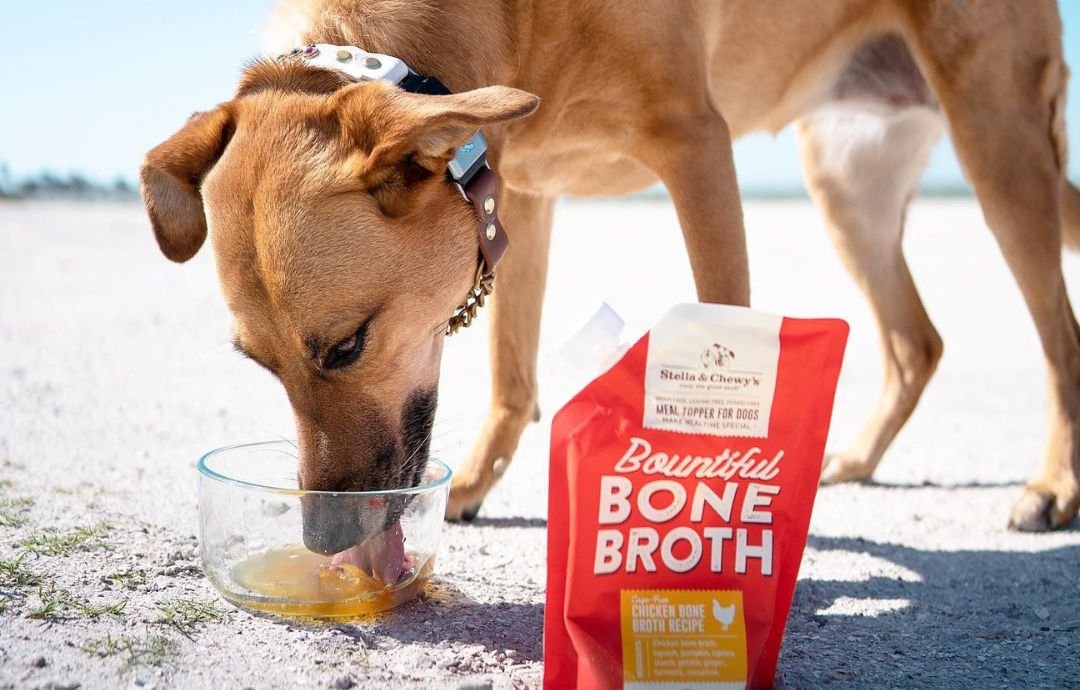Proper storage is important when it comes to keeping your dog’s food fresh and nutritious. Dog food storage tips for freshness help prevent spoilage, preserve the food’s nutrients, and keep it tasting great. In this article, we’ll go over some easy-to-follow storage tips that will ensure your dog’s meals stay fresh for longer.
Why Proper Storage is Important
When you buy dog food, you want to make sure it stays fresh until it’s time to serve it. Poor storage can lead to stale food, loss of nutrients, and even spoilage. This is why it’s essential to know the best dog food storage tips for freshness. The right storage methods can help you avoid waste and make sure your dog gets the most out of every meal.
1. Choose the Right Container
One of the first dog food storage tips for freshness is to use the right container. Always store your dog’s food in an airtight container. This helps keep moisture, air, and pests away, all of which can affect the food’s freshness. If the food comes in a bag, transfer it to a sealed container as soon as possible after opening. Plastic or metal bins with tight-fitting lids work well.
A good quality container not only preserves the food’s freshness but also keeps it organized. Make sure the container is large enough to hold the entire bag of food. Additionally, check the container for any cracks or damage that may allow air or moisture to get inside.

2. Store in a Cool, Dry Place
Another crucial tip for dog food storage tips for freshness is to keep the food in a cool, dry place. High temperatures and humidity can cause dog food to spoil quickly. Heat can also break down the nutrients in the food, making it less beneficial for your dog. The pantry or a cupboard away from direct sunlight is usually the best spot for storing dog food.
Avoid storing dog food in the garage or basement, where temperatures can fluctuate. A consistent, cool temperature is key to maintaining freshness. Always check the expiration date on the bag and use the food before it expires.
3. Keep the Bag Closed Tightly
If you’re not transferring the food to a container, make sure to tightly close the bag after each use. Many bags come with a resealable top to help seal in the freshness. If the bag doesn’t have a resealable top, use a clip to close it tightly. This will help keep air and moisture from getting in.
This is one of the simplest dog food storage tips for freshness, but it can make a big difference in how long your dog’s food stays fresh.
4. Avoid Storing in the Refrigerator or Freezer
It may seem like a good idea to store dog food in the fridge or freezer to extend its shelf life, but this is not recommended for most dog foods. While some wet foods may require refrigeration after opening, dry kibble should not be stored in the fridge or freezer. Cold, damp environments can cause the food to absorb moisture, which can lead to mold or bacteria growth.
For most dry dog foods, it’s best to follow the dog food storage tips for freshness and keep them in a dry, cool place at room temperature. The fridge or freezer can alter the texture and quality of the food, so it’s better to avoid them.
5. Use the “First In, First Out” Rule
A simple but effective tip for dog food storage tips for freshness is to follow the “First In, First Out” (FIFO) rule. When you buy a new bag of dog food, place the older bag at the front of your storage area so you use it first. This ensures that you’re always feeding your dog the freshest food possible.
By following the FIFO method, you’ll avoid having dog food sit in the pantry for too long. This helps you prevent waste and ensures your dog gets the full nutritional benefits from each meal.
6. Avoid Overbuying Dog Food
It’s tempting to buy dog food in bulk to save money, but buying too much at once can lead to food spoilage. Even if you follow all the dog food storage tips for freshness, dog food can lose its quality after a few months. Try to buy dog food in smaller amounts that you can use up before it expires.
When you buy smaller amounts, it’s easier to store the food properly and ensure it stays fresh. Additionally, it’s easier to monitor your dog’s food supply so you never run out. Regularly check the expiration dates and adjust your buying habits as needed.
7. Check for Signs of Spoilage
Even with the best dog food storage tips for freshness, you should always check your dog’s food for signs of spoilage. If you notice any strange smells, mold, or discoloration, it’s time to throw the food away. Additionally, if your dog suddenly refuses to eat the food or seems to have digestive issues, it could be a sign that the food has gone bad.
To prevent this, regularly inspect the dog food and be mindful of how long it’s been since you opened the bag. Fresh food means a healthy dog, so always be cautious.
Conclusion
Storing dog food properly is essential to maintaining its quality and freshness. By following these dog food storage tips for freshness, you can ensure that your dog’s food remains nutritious and tasty. Choose the right container, store the food in a cool, dry place, and avoid overbuying. Most importantly, check the food regularly for any signs of spoilage. With these tips, your dog can enjoy fresh, healthy meals every day.











